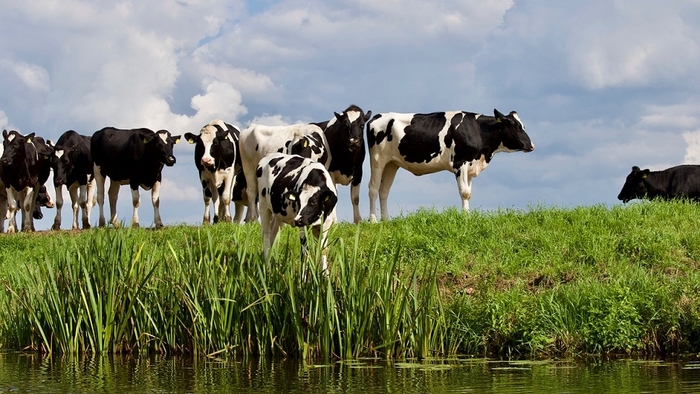Extra milk or meat production generated from improved grassland can provide a healthy return on investment within a year, but factors including soil health and fertility are critically important to maximising the benefits.
So said experts at a grass management knowledge exchange day at Four Crosses, Powys, where over sixty livestock farmers gathered this week to sharpen their focus on a forage-based approach.
Speaking on the benefits of reseeding, Germinal GB’s Helen Mathieu said a cost of £200/acre to complete a full grassland reseed to the highest standard should not be a deterrent given the benefits that should result from higher pasture productivity.
“Rates of grassland reseeding remain very low at less than 5% per annum, well below that required to maintain leys in optimum condition,” she said. “When carried out correctly, reseeding will result in a significant increase in dry matter production and grass quality, boosting homegrown feed production and reducing reliance on bought-in feeds.
“Even if we assume a modest 10% increase in dry matter yield and a lift in the ME content from 10.2 to 11.0MJ/kg as a result of reseeding, that’ll equate to around an extra 5,700 MJ/acre of extra energy from grass. For a dairy farmer, that’s enough to produce over 1,000 litres of milk, worth around £300/acre – £100/acre more than the cost of reseeding in the first year, and the ley should remain productive for several years. Similar returns can be shown for beef and sheep farmers in terms of the extra liveweight gains possible from improved grassland.”
However, as independent soil and grassland specialist Chris Duller pointed out, results such as these are only possible if factors such as soil fertility are sorted in advance.
“Soil sampling to determine pH, phosphate and potassium levels in particular is essential ahead of reseeding, and I recommend doing so at least six months in advance in order to allow time for any issues to be addressed,” he said. “For optimum grassland performance, soil pH, for example, should be in 6.2 – 6.5, but we commonly see soil samples that show pH lower than 6.0. This is because simple management practices like liming are all too often overlooked.”
Mr Duller said the difference between a field at pH 6.1 and pH 5.6 would result in a dry matter yield penalty of around 1 tonne/acre, which he estimated to be worth £200/acre. Liming at a rate of 2 tonnes/acre would cost about £70/acre, resulting in a healthy return on investment within the year for an action that should have lasting benefit.
Visitors to the grass management event, which was generously hosted by Martin Evans of Carnbwll, also heard about the importance of resolving soil compaction issues and the benefits of effective grass weed control.
Benefits Of Grassland Reseeding
Table: Typical Reseeding Benefits
| Original Pasture | New Ley | |
| Grass production (kg DM/acre) | 3,000 | 3,300 (+10%) |
| ME content (MJ/kg DM) | 10.2 | 11.0 (+8 MJ/kg) |
| Energy output (MJ/acre) | 30,600 | 36,300 |
| Energy for Maintenance (MJ/acre/year) | 20,400 | 20,400 |
| Energy remaining for Milk (MJ/acre/year) | 10,200 | 15,900 |
| Milk production @ 5.3 MJ/litre (litres/acre) | 1,924 | 3,000 |
| Milk value @ 28 p/litre (£/acre) | 539 | 840 |
| Extra milk value (£/acre/year) | 301 | |
| Typical cost of reseeding (£/acre) | 200 | |
| Return on investment (year one) | 101 |


